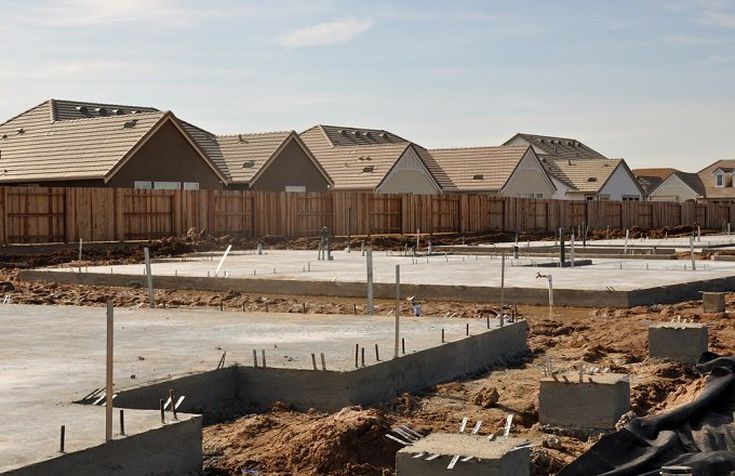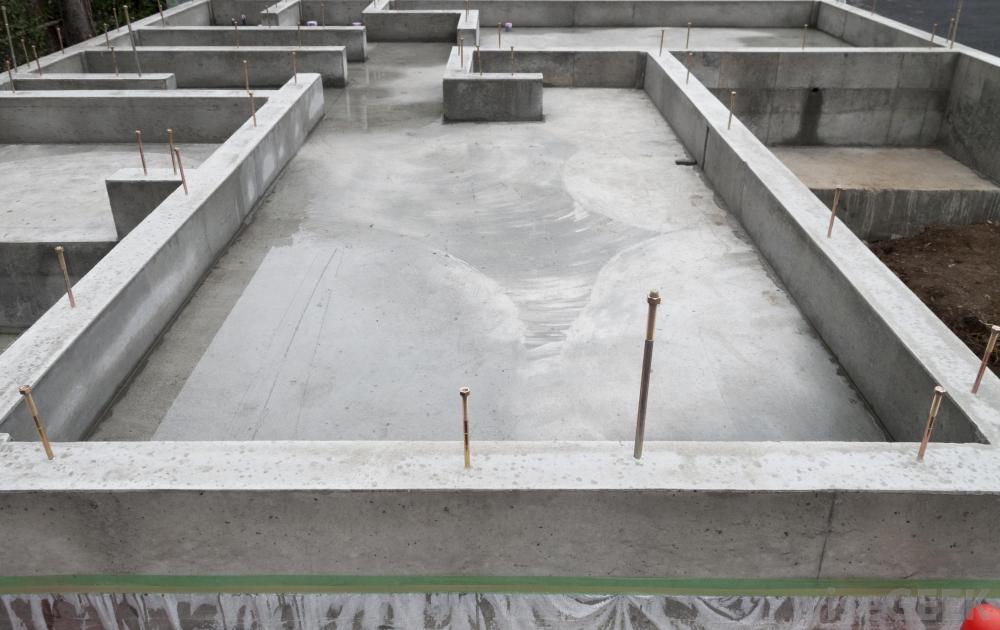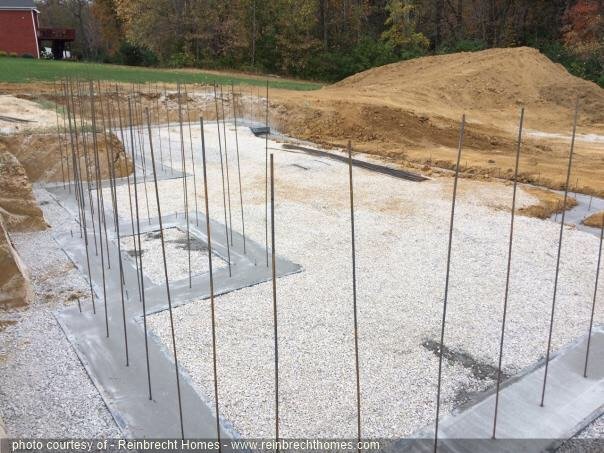What is Needed for Building a Solid New Home Foundation?
Footings and foundations are what the human body’s feet and legs are to houses: footings bind the house to the ground and reinforce the base, which in turn holds the house ‘s weight.
While foundations have been constructed from a variety of materials in the vast majority of new homes, reinforced concrete is used in brick, block and even treated wood. The contractor erects wooden shapes, installs bars of steel reinforcement between the faces of the form, then fills the shapes with poured concrete. The forms are removed once the concrete sets have been installed.
What is the Main Purpose of a Foundation?
More than just keeping a home above ground, a good base does more. Construction foundations often hold moisture out, insulate against the cold, and withstand the earth’s movement around it. Yeah, and another thing: it’s supposed to last forever. No wonder builders like general contractor Tom Silva of This Old House take foundations seriously. “You’re sunk,” he says, “without a decent one.”
There are three major forms of foundation: full basement, crawlspace and grade slab-on. In different parts of the world, different types are common, with factors that include ground conditions and expectations of the local market.
- Full Basements
While complete basements can be found in many places, they appear to be expected by homeowners in the Northeast. Usually, a complete basement consists of footings set well below the frost depth of the area and eight-foot-high walls enclosing a four-inch-thick poured concrete slab. This generates an underground room that can be used and/or completed to create a living area as a storage and mechanical space.
Basement finishing is a growing trend: these spaces are converted into leisure areas, gyms and entertainment centers by homeowners. The basement would have natural light, decent ventilation and a more open feel if the lot slopes or permits a walkout layout. Please consider adding a well for a grinder pump if you think you would want to install a toilet in the basement.
You will want to consider adding rigid foam insulation under the slab if you intend on finishing the basement. Although energy consumption might not be significantly reduced, it may make the room more comfortable. Even when the basement is not completed, mold and mildew issues can be minimized by insulating the slab and walls, as insulation decreases the risk of condensation by holding the concrete at a higher temperature.
- Crawlspaces
In the Southeast and parts of the Midwest, crawlspaces are the most common. The footings are located below the frost line, but for anyone to crawl under, there is just enough headroom between the ground and the floor frame.
Foundation vent openings comprise most crawl spaces. They are supposed to avoid the accumulation of excess moisture, but they often backfire in practice by bringing moisture into the room. Open crawl spaces can become mold and moisture breeding grounds, “says Brian Coble, who at Advanced Energy, a North Carolina building science research company, directs the High Performance Homes program.” This moisture can soak the framing of the house, resulting in rot and structural failure, and can bring mold spores and other contaminants into the living room of the home.’
- Slab-on-Grade
Just what it sounds like is the slab-on – grade foundation: A concrete slab poured at grade level that acts as the subfloor for the main living area of the house. The weight of the home ‘s walls is shifted to the ground by a shallow base along the edges of the slab. A bed of gravel is spread over the slab area before the pour to allow drainage, wire mesh is rolled out to decrease the risk of cracking and mount any in-slab plumbing pipes or electrical conduit.
In warm regions, and where there are high water tables, such as Florida, slab foundations are most common. Specific frost proofing specifics are needed when used in northern climates, which, in most instances, consists of a short foundation wall (called a ‘stem wall’) poured on footings put below the frost line. In the North, placing a layer of rigid foam under the slab in a slab-on – grade home is also a smart idea and completely required if hydronic heat is embedded in the slab.
Soil Consideration
Irrespective of the form of structure, the foundation walls and the base are built to function as a unit, to support the weight of the home and to move the weight to the surrounding land. How well they do this depends , in part, on what kind of ground the foot sits on.
The Foundations for Commercial Buildings are custom-designed for each location, but for residential construction that is typically only valid in special cases. “Almost all residential foundations are built to meet generic standards.
For example, thick, dry soil would be durable, forgiving less-than-perfect construction and less likely to settle after the house has been constructed. But if the site has thick, wet clay, the base would be even more likely to settle, leading to broken tiles, drywalls and even masonry. In that scenario, it’s a smart idea to get an engineer interested in building a base that will stay secure.



Are You Looking for a Company to Build a Foundation for Your New Home?
Spaulding Concrete has been the SF Bay Area’s top foundation builders for over 30 years. We’re here to fix your home’s foundation, no matter what problem may exist. We have the specialized equipment, services and professional experience that you need to make permanent improvements to your building’s foundation. To get you started on the right foot, we would be happy to give you a free quote for the repair of the foundation. When you reach out by phone or email we will have one of our foundation experts answer any questions you have and explain how we can restore integrity and structural stability to your home or company building permanently. Successful concrete projects require careful planning and thorough preparation. Spaulding Concrete reviews the site and designs to ensure that the concrete and base structure follows the criteria for the planned use and that the layout and finishes are suitable for the project. The qualified concrete experts at Spaulding Concrete will be on schedule, on budget and meet or exceed standards by careful planning, professional execution, and strict quality control.
To schedule your free quote, contact us today! We are proud to serve Orinda, Lafayette, Moraga, Pleasant Hill, Concord, Martinez, Pittsburg, Antioch, Brentwood and the surrounding areas.
